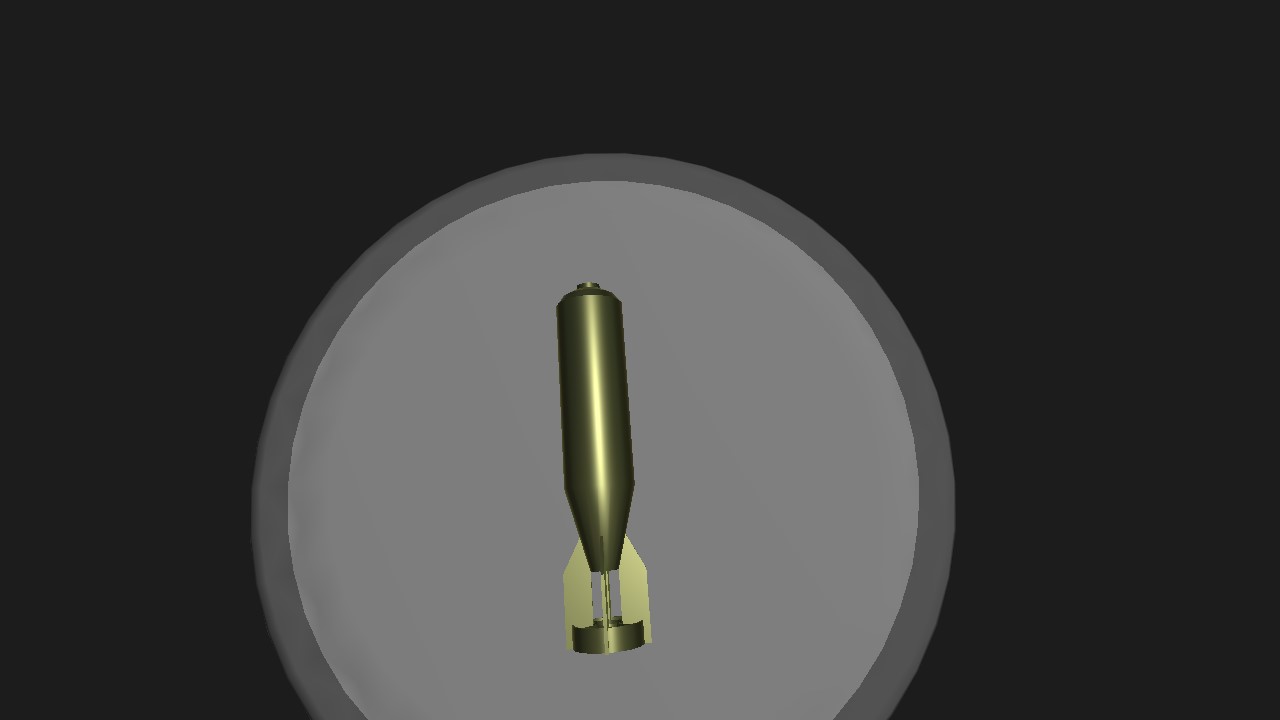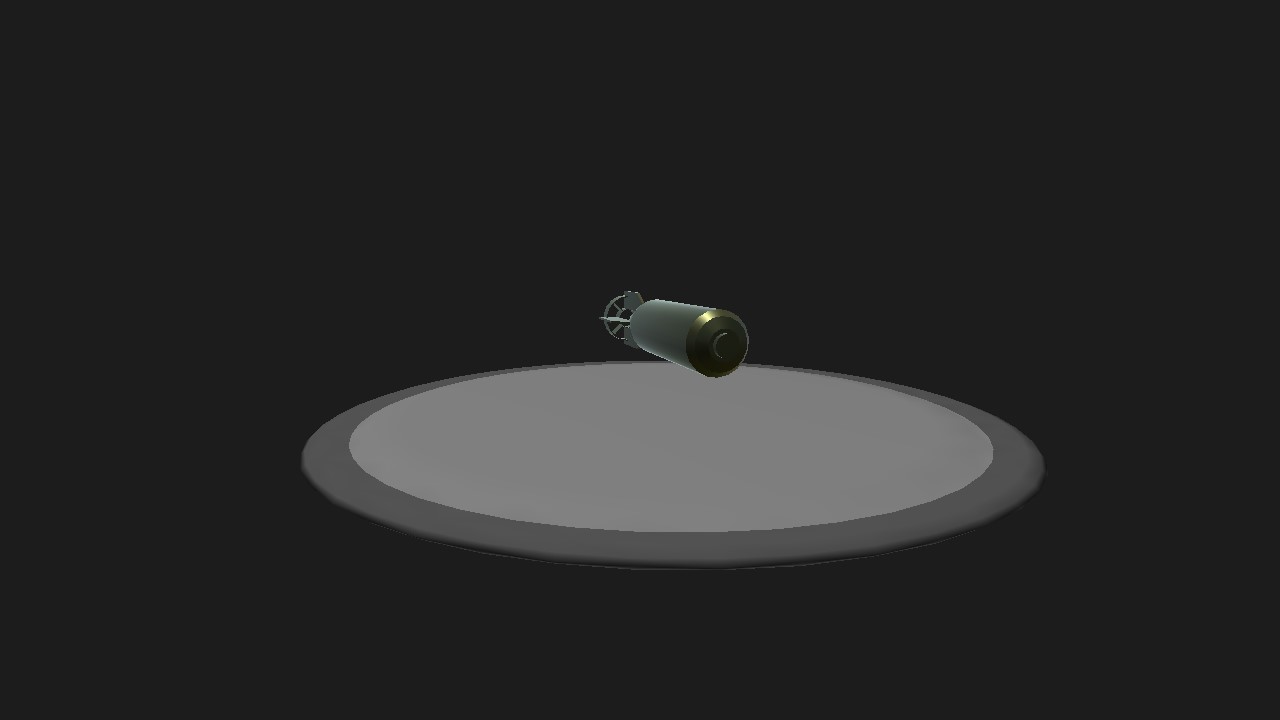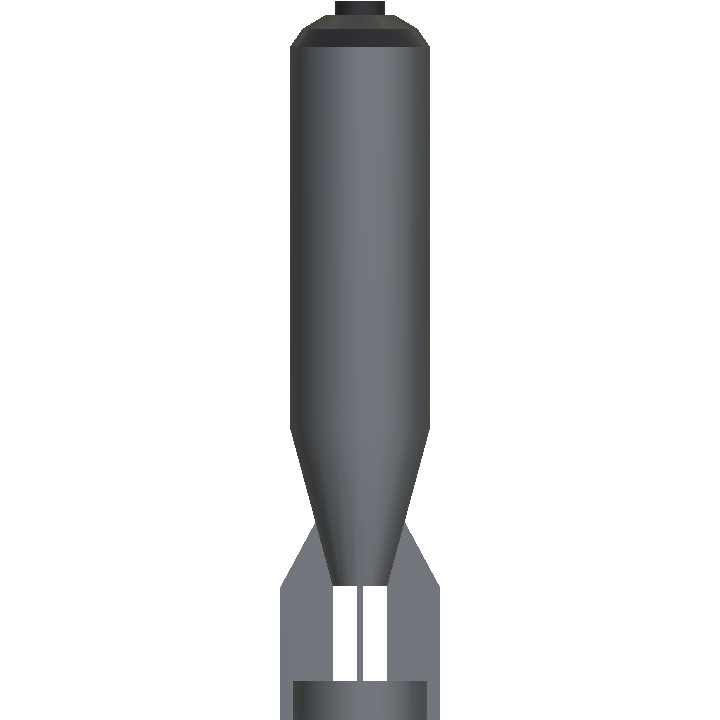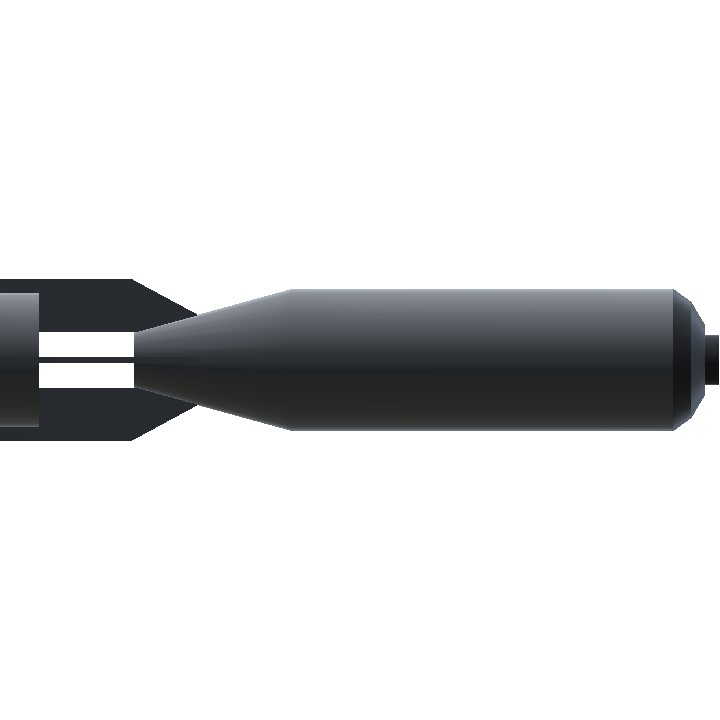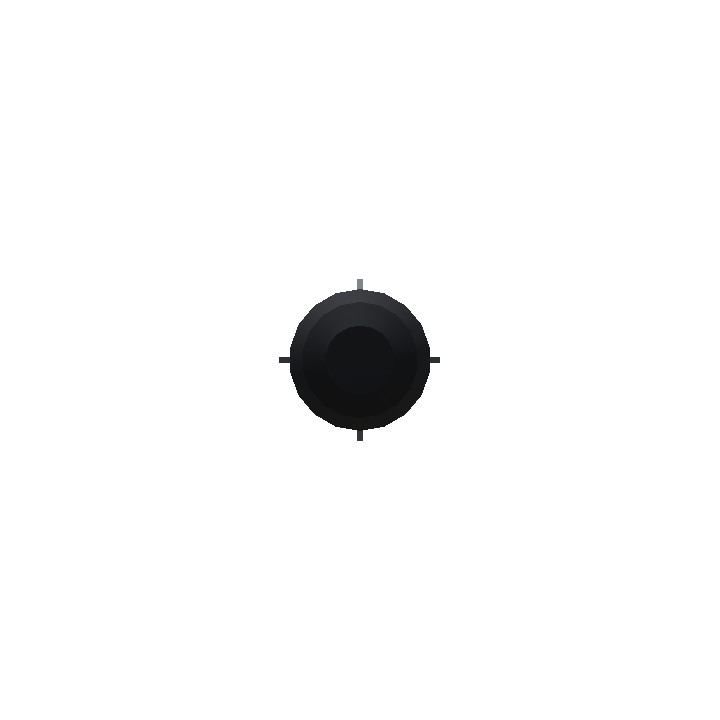Note: Use cannon to explode the bomb
Make sure to low graphics and physics Bec it will make u laggy
Enjoy :)
History:
Little Boy" was the codename for the type of atomic bomb dropped on the Japanese city of Hiroshima on 6 August 1945 during World War II. It was the first nuclear weapon used in warfare. The bomb was dropped by the Boeing B-29 Superfortress Enola Gay piloted by Colonel Paul W. Tibbets, Jr., commander of the 509th Composite Group of the United States Army Air Forces and Captain Robert A. Lewis. It exploded with an energy of approximately 15 kilotons of TNT (63 TJ) and caused widespread death and destruction throughout the city. The Hiroshima bombing was the second man-made nuclear explosion in history, after the Trinity test.Little BoyLittle boy.jpgA post-war Little Boy modelTypeNuclear weaponPlace of originUnited StatesProduction historyDesignerLos Alamos LaboratoryProduced1945No. built26SpecificationsMass9,700 pounds (4,400 kg)Length10 feet (3.0 m)Diameter28 inches (71 cm)FillingUranium-235Filling weight64 kgBlast yield15 kilotons of TNT (63 TJ)Little Boy was developed by Lieutenant Commander Francis Birch's group at the Manhattan Project's Los Alamos Laboratory during World War II, a reworking of their unsuccessful Thin Man nuclear bomb. Like Thin Man, it was a gun-type fission weapon, but it derived its explosive power from the nuclear fission of uranium-235, whereas Thin Man was based on fission of plutonium-239. Fission was accomplished by shooting a hollow cylinder of enriched uranium (the "bullet") onto a solid cylinder of the same material (the "target") by means of a charge of nitrocellulose propellant powder. It contained 64 kg (141 lb) of enriched uranium, although less than a kilogram underwent nuclear fission. Its components were fabricated at three different plants so that no one would have a copy of the complete design.After the war ended, it was not expected that the inefficient Little Boy design would ever again be required, and many plans and diagrams were destroyed. However, by mid-1946, the Hanford Site reactors began suffering badly from the Wign
Specifications
Spotlights
- Kendog84 3.6 years ago
General Characteristics
- Created On Android
- Wingspan 4.9ft (1.5m)
- Length 24.5ft (7.5m)
- Height 4.8ft (1.5m)
- Empty Weight 909lbs (412kg)
- Loaded Weight 909lbs (412kg)
Performance
- Wing Loading 439,839.3lbs/ft2 (2,147,483.6kg/m2)
- Wing Area 0.0ft2 (0.0m2)
- Drag Points 133
Parts
- Number of Parts 3
- Control Surfaces 0
- Performance Cost 31


